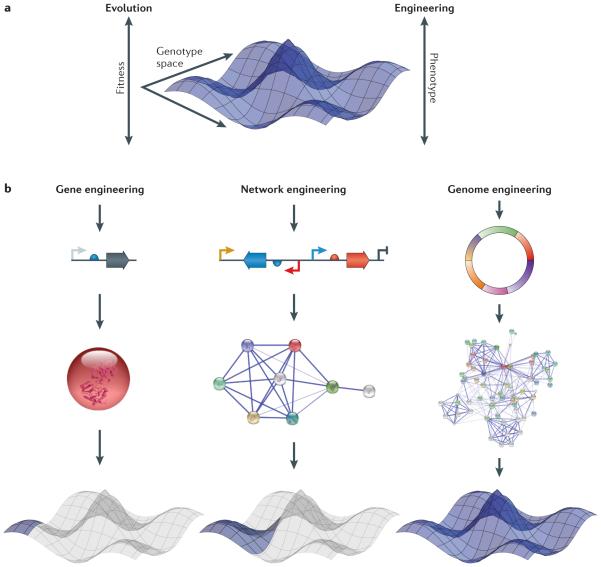Figure 1. Genes, networks and genomes by design.
a | Both Darwinian evolution and rational genome engineering rely on the introduction of mutations to traverse a genotype space and explore the resultant changes in cellular phenotype. The high-dimensional nature of genotype landscapes presents a key challenge in resolving causal genotype–phenotype relationships and engineering organisms with prescribed behaviours. Genome engineering seeks to leverage existing knowledge, modern DNA manipulation techniques and evolution to search through complex genotype landscapes more efficiently. b | The genome can first be thought of as a physical collection of its constituent DNA elements. These constituent parts can be conceptualized as nodes in a network in which edges represent functional connections (for example, genes involved in the same cellular process). Networks can range in size from small collections of genes in biosynthetic clusters to the genome-scale network of all genes and cellular processes. The space of all possible genotypes can be visualized as a phenotypic landscape where each genotype is associated with a particular level of performance with respect to various phenotypic traits. Manipulation of the genome can alter the connections in cellular networks or add new nodes. These new networks can represent a new location in the phenotype landscape or alter the phenotype landscape itself. Changes at the gene and small-network level enable exploration of broadened phenotype landscapes, whereas large-scale genome modification can yield disruptive and novel fitness landscapes.

